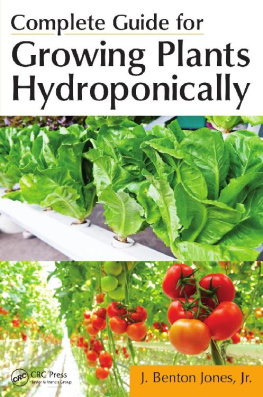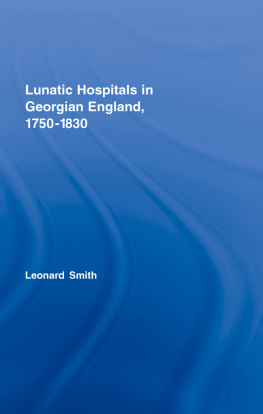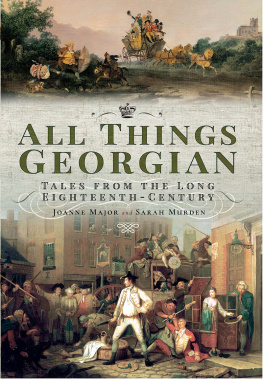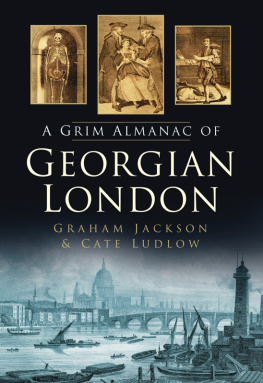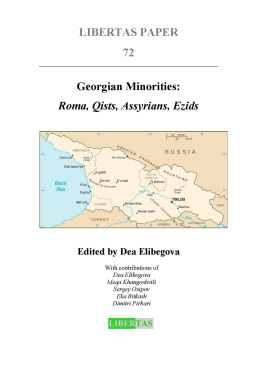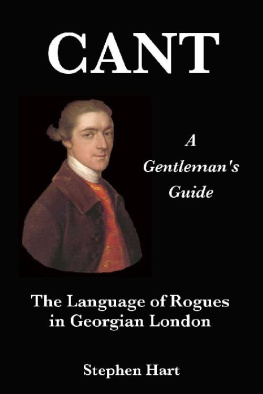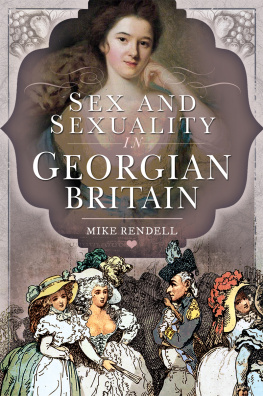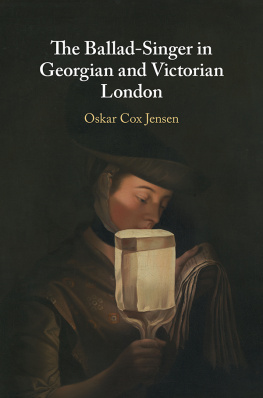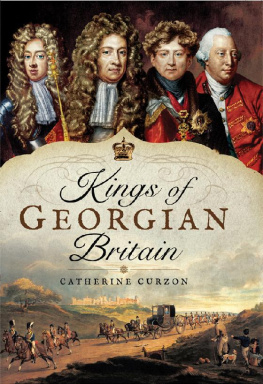Jr - The Sasanian world through Georgian eyes: Caucasia and the Iranian commonwealth in late antique Georgian literature
Here you can read online Jr - The Sasanian world through Georgian eyes: Caucasia and the Iranian commonwealth in late antique Georgian literature full text of the book (entire story) in english for free. Download pdf and epub, get meaning, cover and reviews about this ebook. City: Caucasus;Georgia (Republic);Iran, year: 2017;2016, publisher: Taylor and Francis;Routledge, genre: Home and family. Description of the work, (preface) as well as reviews are available. Best literature library LitArk.com created for fans of good reading and offers a wide selection of genres:
Romance novel
Science fiction
Adventure
Detective
Science
History
Home and family
Prose
Art
Politics
Computer
Non-fiction
Religion
Business
Children
Humor
Choose a favorite category and find really read worthwhile books. Enjoy immersion in the world of imagination, feel the emotions of the characters or learn something new for yourself, make an fascinating discovery.

- Book:The Sasanian world through Georgian eyes: Caucasia and the Iranian commonwealth in late antique Georgian literature
- Author:
- Publisher:Taylor and Francis;Routledge
- Genre:
- Year:2017;2016
- City:Caucasus;Georgia (Republic);Iran
- Rating:5 / 5
- Favourites:Add to favourites
- Your mark:
- 100
- 1
- 2
- 3
- 4
- 5
The Sasanian world through Georgian eyes: Caucasia and the Iranian commonwealth in late antique Georgian literature: summary, description and annotation
We offer to read an annotation, description, summary or preface (depends on what the author of the book "The Sasanian world through Georgian eyes: Caucasia and the Iranian commonwealth in late antique Georgian literature" wrote himself). If you haven't found the necessary information about the book — write in the comments, we will try to find it.
Jr: author's other books
Who wrote The Sasanian world through Georgian eyes: Caucasia and the Iranian commonwealth in late antique Georgian literature? Find out the surname, the name of the author of the book and a list of all author's works by series.
The Sasanian world through Georgian eyes: Caucasia and the Iranian commonwealth in late antique Georgian literature — read online for free the complete book (whole text) full work
Below is the text of the book, divided by pages. System saving the place of the last page read, allows you to conveniently read the book "The Sasanian world through Georgian eyes: Caucasia and the Iranian commonwealth in late antique Georgian literature" online for free, without having to search again every time where you left off. Put a bookmark, and you can go to the page where you finished reading at any time.
Font size:
Interval:
Bookmark:
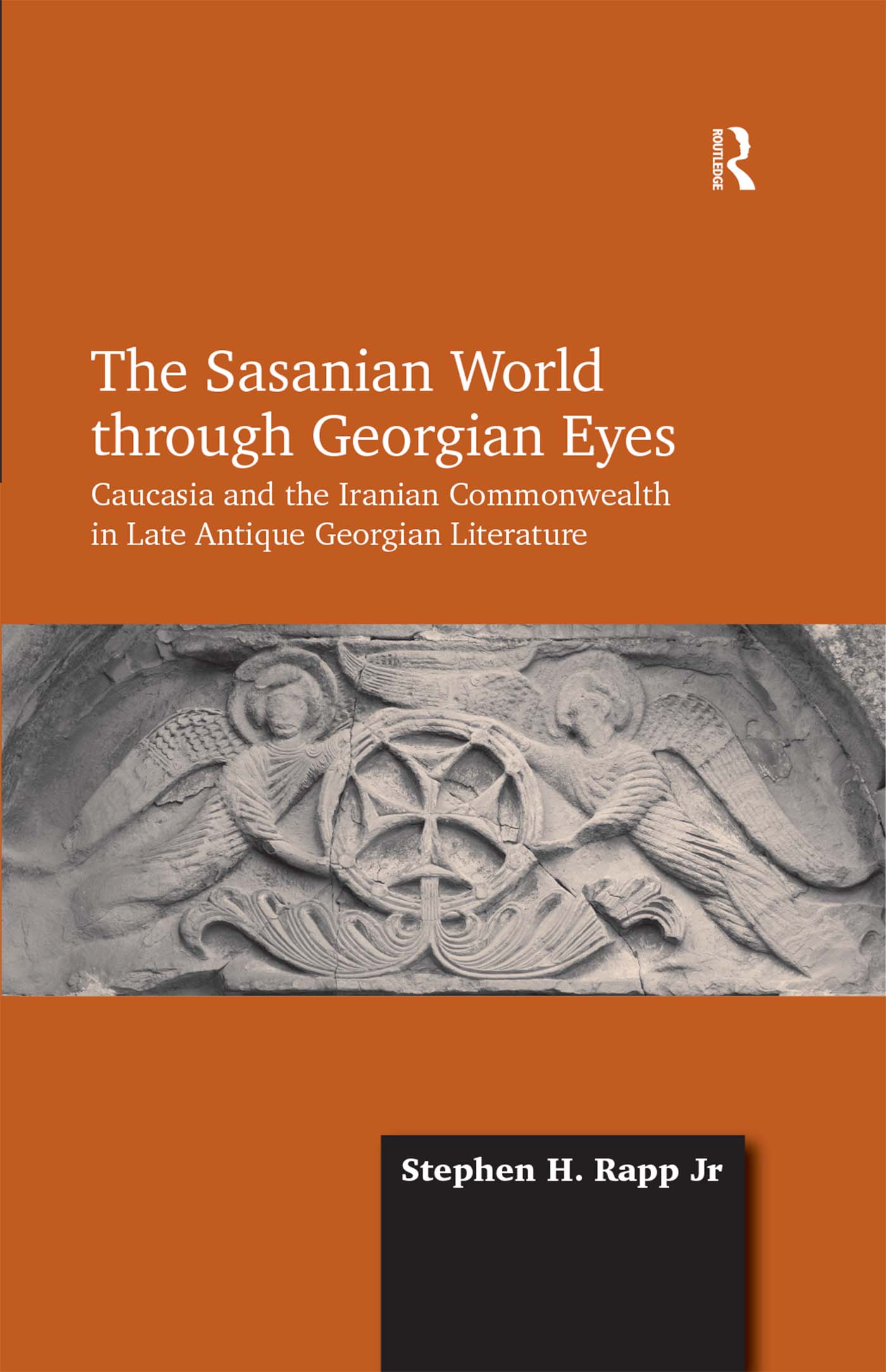
First published 2014 by Ashgate Publishing
Published 2016 by Routledge
2 Park Square, Milton Park, Abingdon, Oxon OX14 4RN
711 Third Avenue, New York, NY 10017
Routledge is an imprint of the Taylor & Francis Group, an informa business
Copyright Stephen H. Rapp Jr
Stephen H. Rapp Jr has asserted his right under the Copyright, Designs and Patents Act, 1988, to be identified as the author of this work.
All rights reserved. No part of this book may be reprinted or reproduced or utilised in any form or by any electronic, mechanical, or other means, now known or hereafter invented, including photocopying and recording, or in any information storage or retrieval system, without permission in writing from the publishers.
Notice:
Product or corporate names may be trademarks or registered trademarks, and are used only for identification and explanation without intent to infringe.
British Library Cataloguing in Publication Data
A catalogue record for this book is available from the British Library
The Library of Congress has cataloged the printed edition as follows:
Rapp, Stephen H.
The Sasanian World through Georgian Eyes: Caucasia and the Iranian
Commonwealth in Late Antique Georgian Literature / by Stephen H. Rapp Jr.
pages cm
Includes bibliographical references and index.
1. Sassanids Historiography. 2. Sassanids History Sources. 3. Iran History
To 640 Historiography. 4. Georgia (Republic) History To 1801 Historiography.
5. Georgia (Republic) Kings and rulers Historiography. 6. Caucasus
Historiography. 7. Georgian literature History and criticism. 8. Hagiography
History and criticism. 9. Georgian language To 1100 Texts. I. Title.
DS286.R29 2014
935.707072039536dc23
2014001008
ISBN 9781472425522 (hbk)
The Armenian font in this work is available from www.linguistsoftware.com/larmu.htm.
For John and Gena Fine
Photographs are by the author unless otherwise noted.
.
.
This project drew its first breath in spring 2009 when Rika Gyselen asked me to catalogue the sporadic Georgian references to the Sasanian Empire for Res Orientales. The materials complexity became rapidly apparent and the anticipated article grew into this book-length investigation. Extended coverage has made possible a panoramic examination of the images of Sasanian Iran in Georgian literary and epigraphical monuments. It has also provided an opportunity to interrogate narrative imagery as it pertains to kingship, social structure and religion, and to consider in more depth the close linguistic ties of Iran and Caucasia. On its largest analytical scale this volume exposes both the fundamental cohesiveness of late antique Caucasia and its active participation in the Iranian world even centuries after the Christianisation of the Armenians, eastern Georgians and Caucasian Albanians.
This cross-cultural study probes two categories of Georgian texts, each of which is encoded with distinctive perceptions of Iran and Caucasias relationship to it. The first comprises the oldest surviving literary compositions in Georgian, three hagiographical works written between the late fifth and the early seventh century. These passions and vitae, popularly termed saints lives, were written with the express purpose of defining, consolidating and enlarging Christianity. As we would expect, their ecclesiastical authors, contemporaries of the Sasanians, sometimes envisioned Iran and Zoroastrianism as imminent dangers.
While a thematic approach has its virtues, the intricacies of our sources, shrouded in unfamiliarity and misconception, require an examination predicated chiefly upon individual texts. Distortions of the historical picture are the steep wages of the extraction of specific information without a thorough understanding of the origin, purpose, transmission and reception of the narrative host. At the same time, broader literary contexts especially the neglected pan-Caucasian one must be taken into account.
In light of Caucasias organic and durable connections to Iran, I argue for the extension of the term Sasanian, in a strict sense designating the Iranian core of the Sasanian Empire (rn, rnahr)
Through a critical reading and contextualisation of literary sources, textual monuments having their own histories, this study seeks to examine the past on its own terms so far as possible. It strives to recover cross-cultural, regional and transregional ties that have been forgotten, tossed aside or never consciously realised. While this interdisciplinary exploration is projected through wide geographical, temporal and thematic lenses, it does not attempt to elaborate a comprehensive treatment of Georgian let alone Caucasian, Iranian or Romano-Byzantine history. It engages specific multifaceted and interconnected problems and sets them within cosmopolitan milieux. But it neither articulates an elegant, chronologically-arranged political narrative of what really happened nor tackles every historical issue in the period. This volume seeks consistency, transparency and accuracy, though some errors undoubtedly remain. When a particular line of evidence does not live up to its promise, the preponderance of contemporaneous materials and the interwoven threads of interpretation will, I hope, still validate the central arguments.
The principal research and fieldwork for this book was carried out in the three republics of southern Caucasia. Materials collected in Georgia, Armenia and Azerbaijan were supplemented by manuscripts and printed matter consulted in the Russian Federation, Turkey, the United Kingdom, Italy, Germany and Switzerlands Rstigraben, my home from 2009 until 2012. I am especially grateful for the opportunity to have worked with the unique collections of the National Centre of Manuscripts (formerly the Korneli Kekelie Institute of Manuscripts) in Tbilisi, the Matenadaran in Erevan, the Bodleian Library in Oxford and the British Museum in London. Numerous academic institutions kindly provided access to their libraries, including Indiana University (Bloomington), the University of Michigan (Ann Arbor), UCLA, the University of California at Berkeley, Emory University, the Oriental Institute of Oxford University, the University of Bern and the American Academy in Rome. The patient interlibrary loan staff at the University of Oklahoma (Norman) and Sam Houston State University exceeded my wildest expectations. I wish to thank the Historisches Institut at the University of Bern and the Centre for the Exploration of Georgian Antiquities at the Georgian University of St Andrew the First-Called in Tbilisi and their directors, Stefan Rebenich and Tamila Mgaloblivili respectively, for providing academic affiliations at a vulnerable moment in my career. It is a pleasure to acknowledge the financial support of the Department of History at Sam Houston State University (Brian Domitrovic, chair).
Cross-disciplinary work is exciting and perilous: the practitioner must wade and sometimes swim far into unfamiliar waters. At the same time, no academic undertaking is a solo venture regardless of the thousands of hours one might pass in monastic isolation or in near-hypnosis before the flickering light of a computer screen. I am fortunate to have been buoyed by many outstanding colleagues and friends who were unfailingly generous with their expertise. Numerous scholars across a constellation of fields provided comments, suggestions and criticisms, sometimes with little advance notice. Regretfully, it is not possible to acknowledge all of them here. But I should like to single out the titanic efforts of Touraj Daryaee (who graciously read the manuscript in its infancy and again as I was submitting it to my copy-editor at Ashgate), Robert Thomson, John Fine, Rika Gyselen, James Russell, Tim Greenwood, Joel Walker, Geoffrey Greatrex, Giorgi Kavtarae, Robert Hewsen, Tamila Mgaloblivili, Giorgi eivili, Kevin Tuite, Antony Eastmond and Hirotake Maeda. Philippe Gignoux greatly assisted with the transliteration of Middle Iranian. During the three years I lived in Bern, Roland Bielmeier exponentially widened my linguistic horizons, particularly with regards to Parthian and Middle Persian. My understanding of Caucasias relationship to the Achaemenid Empire was sharpened by a long conversation with Bruno Jacobs on a brisk spring day in 2011 at the University of Basel and through correspondence with Antonio Sagona and Lori Khatchadourian. Scott McDonough, Mary Whitby, Anthony Kaldellis, Tom Schmidt, Alison Vacca and Paul Crego rescued me from the metaphorical Sarlaac Pit by answering specific questions and by helping me track down elusive critical editions and printed materials. Parvaneh Pourshariati, Jost Gippert, Mixeil Abramivili, Werner Seibt, Gocha Tsetskhladze, Aram Topyan, Gohar Muradyan, Alessandro Bruni, Farshid Delshad, Sophia Vashalomidze, Zaza Sxirtlae, Darejan Kldiavili, Jefferson Sauter, Helen Giunavili, Mariam Gvelesiani and others made available their publications, assisted with bibliographical queries, and/or provided feedback on specific sections of this volume. The family of the late Giorgi Melikivili supplied me with a copy of that great scholars rare anthology of journal articles. Ian Colvin (Nokalakevi/Cixegoji/Archaeopolis), Nodar Baxtae (Nekresi) and Vaxtang Nikolaivili (Bagineti/Armazis-cixe) generously shared their archaeological sites in summer 2013. My photographs are supplemented by images kindly provided by the Georgian National Centre of Manuscripts (Buba Kudava, director), the Georgian National Museum (Davit Lortkipanie, director), the Matenadaran (Hraya Tamrazyan, director), the British Museum, the American Numismatic Society, Andreas Furtwngler and Florian Knauss. I wish to thank uanik Xaikyan, Chris Sutherns, Tamuna Gegia, Amiran Makarae and Elena Stolyarik for their valuable assistance with these images. Ian Mladjov produced the beautiful maps. The transformation of this project from manuscript to finished book owes much to the diligence and enthusiasm of Ashgate, including John Smedley, Kirsten Weissenberg, Etty Payne and Katie McDonald.
Font size:
Interval:
Bookmark:
Similar books «The Sasanian world through Georgian eyes: Caucasia and the Iranian commonwealth in late antique Georgian literature»
Look at similar books to The Sasanian world through Georgian eyes: Caucasia and the Iranian commonwealth in late antique Georgian literature. We have selected literature similar in name and meaning in the hope of providing readers with more options to find new, interesting, not yet read works.
Discussion, reviews of the book The Sasanian world through Georgian eyes: Caucasia and the Iranian commonwealth in late antique Georgian literature and just readers' own opinions. Leave your comments, write what you think about the work, its meaning or the main characters. Specify what exactly you liked and what you didn't like, and why you think so.

